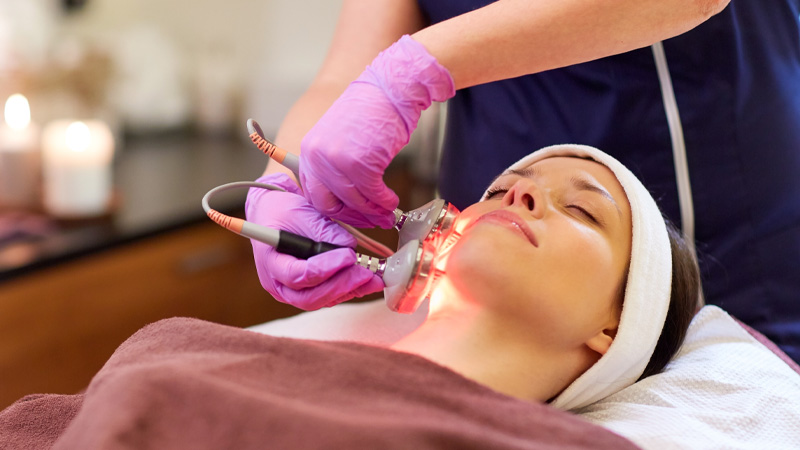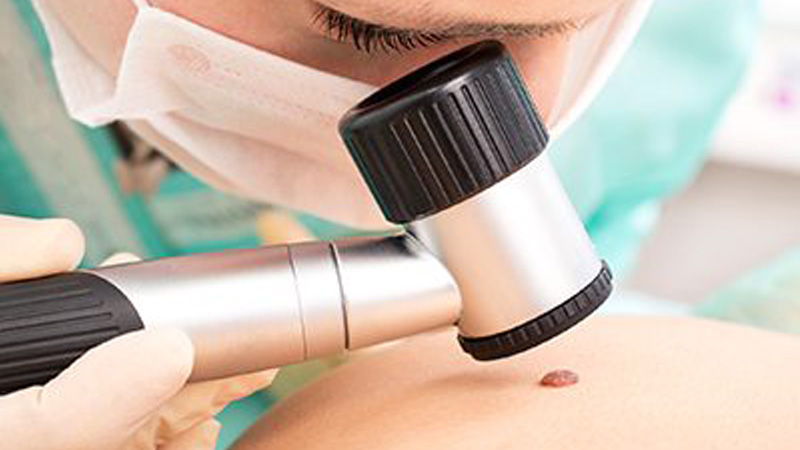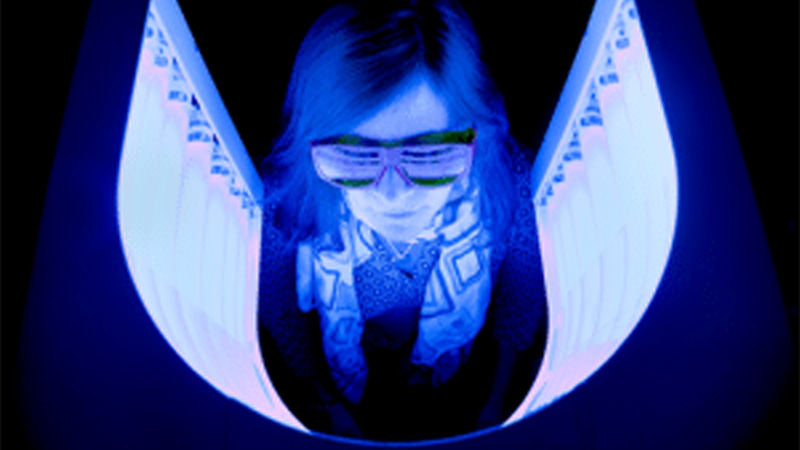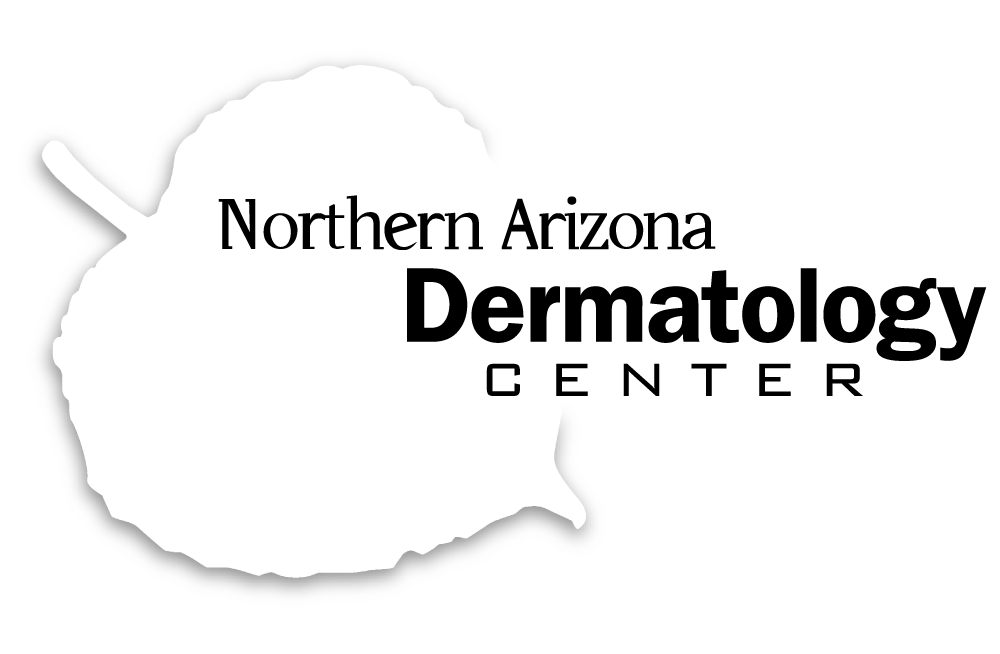Our Services
We Provide High Quality Services
Our Services
Our services include general, cosmetic, and surgical dermatology, including highly specialized Mohs micrographic skin cancer surgery.


General Dermatology
Our dermatologists’ eyes are uniquely trained to analyze the skin, hair, and nails. Acne, warts, rashes, hair loss, mole checks, skin cancer are among the common skin disorders we treat everyday.


Phototherapy
At NADC Phototherapy or light therapy, involves exposing the skin to ultraviolet light on a regular basis and under medical supervision at all times. The key to success with light therapy is consistency.


Skin Cancer & Mohs Surgery
Six of our dermatologists are qualified to practice Mohs micrographic surgery by having met high standards established for fellow membership in the American Society of Mohs Surgery.


Cosmetic Dermatology
We offer treatment of frown lines with neuromodulators including: Botox (Allergan), Xeomin (Merz). Our staff also perform fillers for a “liquid facelift” with Juvederm & Juvederm Ultra (Allergan), Restylane, & Belotero & Radiesse (Merz).


Blue Light Therapy
Photo Dynamic ‘Blue Light’ Therapy (PDT) is approved and indicated for the treatment of minimally to moderately thick actinic keratoses of the face or scalp. We are the only Blue Light Treatment Center in Northern Arizona.
Quick Links
Here are a few important links for your to access below. Reminder, Some same day appointments available for urgent needs.
Effective April 1, 2025, our No Show Fee will be increasing to $100.
Locations
You can find our locations in Flagstaff, Sedona, and Cottonwood.
Patient Portal
Acess your medical records & results. You will find updated medical information. Plus, you can pay your bill here.
Pay Your Bill Online
Here is a quick and easy way to pay your bill online from the comfort of your own home.
Quick Links
Home
Our Providers
Services
For Patients
Contact
Our Services
General Dermatology
Phototherapy
Skin Cancer & Mohs Surgery
Cosmetic Dermatology
Blue Light Therapy
Our 3 Locations
Flagstaff, AZ – 1490 N Turquoise Drive
Sedona, AZ – 95 Soldiers Pass Rd., Suite C-2
Cottonwood, AZ – 450 S. Willard St. Suite 115
Follow Us
Copyright © 2024 Northern Arizona Dermatology Center | All Rights Reserved. Design by Mountain Mojo Group

